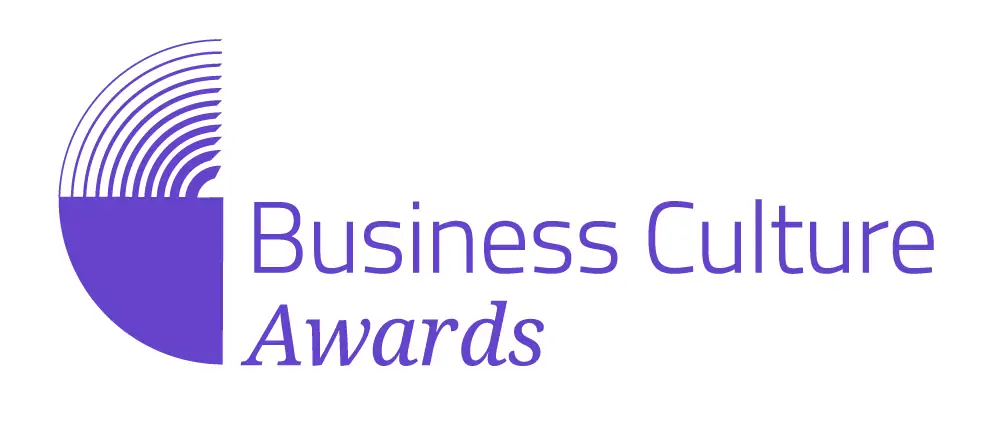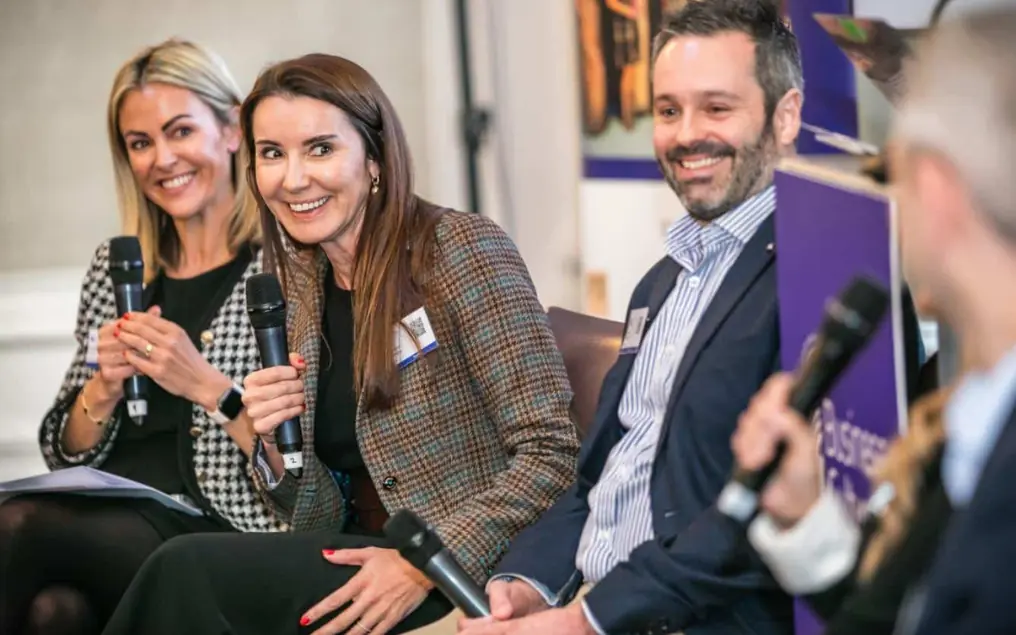Through case studies and insights shared by award-winning practitioners and global thought leaders at Business Culture Connected, we highlight some common themes and actions for how to successfully cultivate a thriving organisational culture. We previously shared Part I which examines three practical suggestions: Empowering Management, Mastering Communication and Getting the “Sharons” in Your Camp. From the diverse range of issues impacting culture, we now share further actionable insights based on approaches which are supporting better working lives and accelerating business performance in organisations today.
1. Enhance employee listening
Active and diverse employee feedback mechanisms are essential for understanding and addressing workforce needs. The importance of enhanced employee listening and feedback mechanisms was one of the major themes to emerge. The concept of ‘always listening’ platforms was a repeated theme, with employees being able to express their thoughts and suggestions at any time, fostering a culture of openness and responsiveness. Engagement tools are useful here to gather continuous feedback.
Tips:
● Implement platforms for continuous feedback, Make sure questions are topical so that you don’t get survey fatigue
● Have an active roadmap on what you are using technology-wise. Before you look to a new platform, check the potential of existing ones
● Organise regular open sessions with senior executives to discuss employee concerns and suggestions
● Make sure these sessions are ‘no-holds barred’ so people can ask any question they want and feel safe asking it. One speaker talked about Tea on Teams with a senior executive every month – and biscuits sent to employees’ houses
● Ensure feedback is informal and well as formal
● Make sure you’re listening to the minority as well. Employee network groups can help here
● Schedule employee survey and feedback time with non-office staff. Get managers to book in time during the day and find areas where people without access to computers can do it.
2. View sustainability and CSR as new cultural cornerstones
Embedding sustainability and CSR into the corporate culture can drive employee engagement and talent attraction. But changing behaviour here is particularly hard. Swiss Re’s Doris Pöpplein said the best way to approach this is to encourage people to do their best. The company has created a sustainability app with regular challenges to engage employees in personal environmental responsibility. It includes a survey on personal habits, such as travel, shopping and energy use in the home. People get an assessment and then can try different elements to see what they can realistically change. “Young people are looking at sustainability at the moment. It’s become a tick box for getting people to join your company,” Pöpplein said.
Tips:
● Start small with ideas to engage people in realistic behaviour change
● Look at how technology can make sustainability fun, such as sustainability apps and challenges to engage employees in personal and professional environmental responsibility
● Consider rewards for good sustainability behaviours, such as a day off or voucher towards the cost of a bicycle
● Regularly communicate and celebrate CSR achievements within the organisation.
3. Put culture at the front of hybrid and return-to-office strategies
The hybrid work environment requires thoughtful strategies to ensure inclusivity and engagement. Navigating the nuances of hybrid work and engagement in the post-pandemic era is difficult, speakers across the conference agreed. Workers are now used to working in a different way. Consider why they do not want to return to the office? Why is it not fit for purpose?
Tips:
● Develop clear team agreements on hybrid working norms
● Foster a culture of ‘magic moments’ in the office to enhance the workplace experience
● Look at your workforce value proposition. One speaker has introduced site squads as points of contact for anything related to working at that site
● Meet frontline staff where they work – senior leaders should enter workplaces via the store entrance or workshop door and talk to the people they meet there
4. Create talent advocates among all workers, not just permanent ones
Modern talent management is about creating a compelling value proposition for both permanent and contingent workers. Sponsor and speaker Gattaca introduced the concept of the assignment value proposition (AVP) and not just the employee value proposition. Contractors used to care about how much a project was worth and how long it would take. Now it’s about who is the organisation, what does it stand for and why do I want to work there? Caroline Parsons, chief human resources officer at WSP, said the engineering company thinks about what contingent workers will want on their CV and how the company can help them get the skills for the next project. “What experience they have working for us will be hugely important for their future,” she asked. EasyJet head of talent acquisition Alison Jackson summed the discussion up with the words: “It’s not just permanent people shaping culture.”
Tips:
● Focus on creating a positive, advocacy-worthy experience for all employees, not just permanent ones
● Immerse continent workers as you do permanent employees
● Implement programmes that cater to diverse groups, such as empty nesters or younger employees, to tap into untapped talent pools
● Create an environment where everyone is responsible for bringing talent into your organisation. EasyJet has introduced recruitment ambassadors to do just this.
In addition to these seven lessons, shared here and in Part I, speakers agreed that diversity and inclusion in leadership were critical for enhancing decision-making and enriching organisational culture. They suggest actively working towards diversifying the executive board and that senior executives should sponsor and support employee networks to bring varied perspectives into leadership discussions. MAB’s Claire Smith said that if she had her time again she would have pushed harder to get culture onto the plc board. It is vital to make sure engagement and culture is top of the agenda, she said.
But perhaps one of the most interesting insights from the day was that, in the end, it’s all about the dialogue. “The power is in the discussion and debate,” said Smith, while Wayne Clarke agreed: “It’s about dialogue. The value is in the debate and discussion.” Caroline Parsons says you should never stop talking about your values and culture and never stop listening to see if the culture you think you have is really being lived every day. If your culture isn’t based on realistic and achievable behaviours and values and built from the bottom up it just won’t stick. But, as Smith says, you’ll never know if you don’t start your culture journey.
Read Part I: Empowering Management; Mastering Communication; and Getting the “Sharons” in Your Camp if you Want to Embed Culture.
Read Part III: A clear vision and purpose are essential for aligning teams; Building an environment which balances positivity with accountability; Consider implementing value-driven volunteerism; Integrate diversity and inclusion into every aspect of the business and Inclusion in the workplace; Think about employee lifecycle and departmental needs when developing new workplace practices
Register to attend Business Culture Connected on 9th May 2024 – Delivering Productivity and Performance

